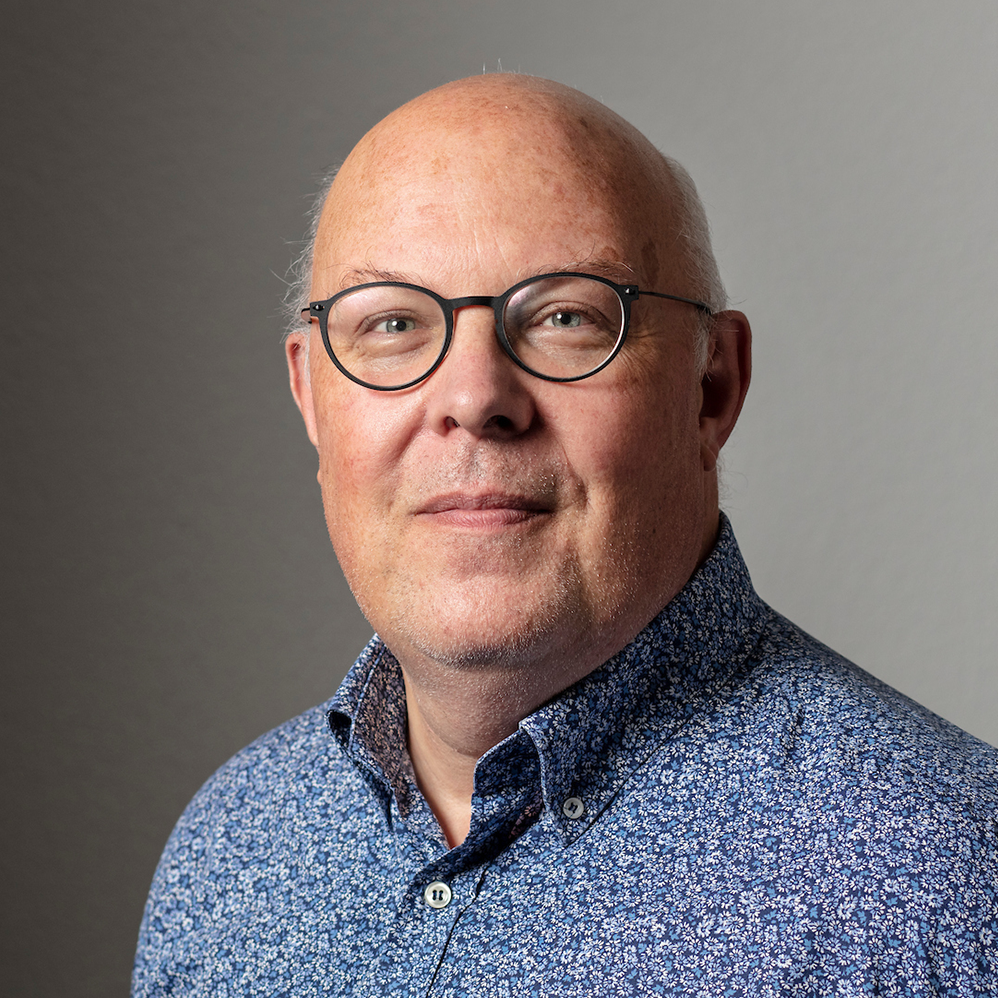From Radical state to “Magic Formula”

Switzerland's federal government, established in 1848, was led by the Radical Party, which monopolised power for more than 40 years.
The first coalition government came into being in 1891, and since then power sharing has become characteristic of the way Switzerland is governed.
The most ambitious power-sharing arrangement has been the “Magic Formula”, established in 1959, in which cabinet seats are shared out among the four main parties.
The Radicals developed and largely imposed the federal structure on Switzerland in 1848, and governed alone until the 1890s when they offered a cabinet seat to the Catholic-Conservative Party – the forerunner of today’s Christian Democrats.
The Radicals’ move was driven more by political expediency than any real desire to share power.
The Catholics had made clear that, unless they were taken seriously, they would wield a new political right – the People’s Initiative – which allows any citizen to force a vote on any issue, provided they can gain enough signatures in support.
Political earthquake
The political landscape changed profoundly in 1919, when the people accepted the principle of proportional representation in parliament.
The dominant Radicals saw their elected representatives drop from 105 to 63, while the Socialists (predecessors of today’s Social Democrats) increased their share of parliamentary seats from 19 to 41.
The ever-expedient Radicals, facing stronger opposition, yielded another cabinet seat to the Catholics – an arrangement which lasted until 1929.
By then, the Party of Farmers, Tradesmen and Citizens (today’s Swiss People’s Party) managed to secure a cabinet seat during a double election.
The precursor of today’s “Magic Formula” was born.
But this power-sharing arrangement – four Radicals, two Catholic-Conservatives, and one Farmer – did not survive the Second World War.
Social Democratic presence
With Hitler’s war machine over-running Europe, the Socialists took on the mantle of defender of the nation, and soon became the most important party in the House of Representatives.
Their electoral success meant they could no longer be denied a role in government, and in 1943 the Radicals handed a cabinet seat to the Socialists.
That arrangement prevailed for ten years, until 1953, when the Radicals briefly recovered the Socialists’ seat after the left’s candidate resigned from the government.
The following year, the Catholics, with the support of the Socialists, grabbed a seat back from the Radicals, leaving the seven cabinet portfolios divided among three Radicals, three Catholics, and one Farmer.
In the 1959 cabinet election, the Catholics and the Socialists again worked together to boost the left’s presence in government. The outcome saw the Radicals lose a further seat to the Socialists, who also gained one from the Catholics.
The outcome was an equitable power-sharing government with three parties – the Radicals, Socialists and Catholics – having two seats each, and the Farmers holding one.
The “Magic Formula” has proved an enduring one – it survives today.
swissinfo, Olivier Pauchard
The Christian Democrats’ first cabinet minister was Joseph Zemp from Lucerne (1891).
The Swiss People’s Party’s first cabinet minister was Rudolf Minger from Bern (1929).
The Social Democrats’ first cabinet minister was Ernst Nobs from Zurich (1943).
The “Magic Formula” was born as a compromise among the parties. It is a gentlemen’s agreement, and is not based on any written law or legal principle. Implicit in the arrangement is that three of the seven cabinet seats should be reserved for French- and Italian-speakers.

In compliance with the JTI standards
More: SWI swissinfo.ch certified by the Journalism Trust Initiative









You can find an overview of ongoing debates with our journalists here . Please join us!
If you want to start a conversation about a topic raised in this article or want to report factual errors, email us at english@swissinfo.ch.